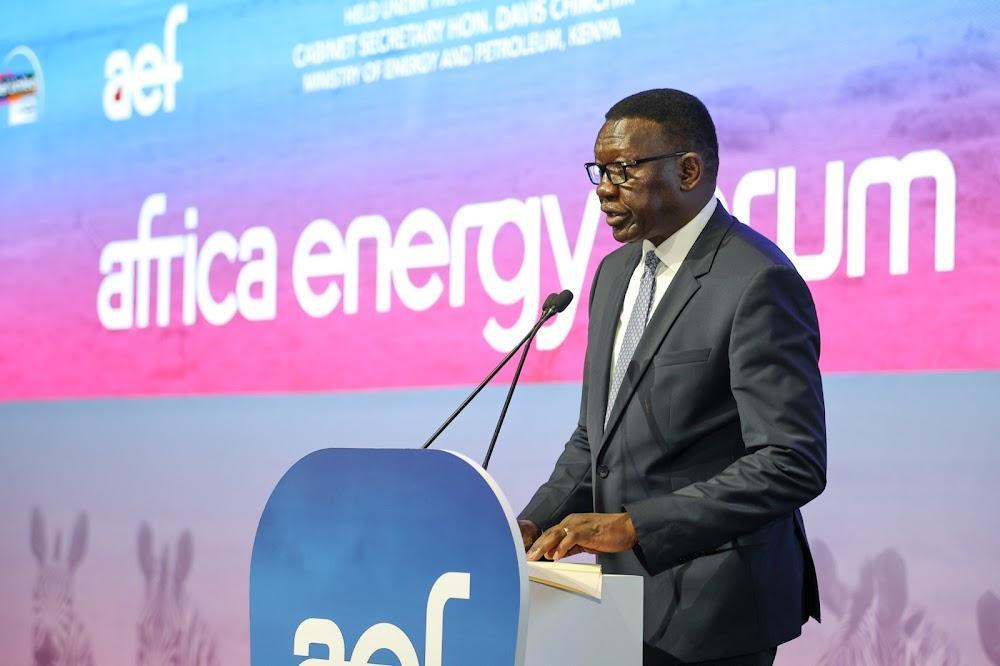Africa-Press – Kenya. Africa must connect 90 million people annually to electricity by 2030 and shift 130 million people from dirty cooking fuels each year.
Energy and Petroleum Cabinet Secretary Davis Chirchir, while addressing the Green Energy Conference in Nairobi, said while some countries like Kenya are ahead in the transition to green energy, others are still quite behind.
To achieve a solid transition, he said the continent will require an estimated $100 billion annually up to 2040.
He said that Kenya has made significant progress in increasing its clean and green energy capacity in recent years, with the country now leading the world in developing renewable energy, particularly geothermal and wind power.
“Kenya has slowly but surely been working around this challenge. Following increased investment in the sector, about 87 per cent of the power generated in the country now comes from renewable energy sources,” he said.
He added that by pooling African energy networks and prioritising renewables, the continent can become a clean energy superpower while avoiding the trap of old, centralised fossil fuel infrastructure that worsens the climate crisis.
Kenya has taken on a bold green growth initiative that aims to achieve 100 per cent renewable energy by 2030.
Chirchir said this comprehensive plan also includes promoting green manufacturing, sustainable agriculture, eco-friendly urbanisation, and green transportation. Currently, Kenya’s grid is 92 percent renewable.
Last month, Kenya was listed among countries that will receive a combined Sh12.5 billion ($88.9 million) from the United States Agency for International Development (USAID) to fund renewable energy projects.
The billions to be released through the Power Africa initiative for East and Central Africa will fund the construction of 10 million on-grid and off-grid connections for an estimated 50 million people in sub-Saharan Africa.
Australia Africa Energy and Minerals Institute (AAEMI) representative and conference chairman Stephen Kuria said the decision to expand the Clean Energy Conference to Africa showcases the tremendous strides the continent has made in the field of clean energy.
“Mining has anchored the energy sector, and as we transition into clean energy, it will prove even more critical. This conference will catalyse African-led conversations focused on environmental stewardship, innovation, and revenue generation across various sectors,” he said.
The conference backed a recent report dubbed “Just Transition: A Climate, Energy, and Development Vision for Africa,” authored by a collective of independent climate and energy experts, highlighting the continent’s potential to bypass fossil fuel-dependent.
The report warns against the Global North’s tragic obsession with dirty energy, which has left Africans at the mercy of the impacts of the climate crisis.
The report, which draws on Africa’s diverse economies, resources, ecosystems, and cultures, underscores the urgency to address ongoing challenges such as energy poverty, regional conflict, economic insecurity and patriarchal oppression.
The report emphasises the need for a shift from export-oriented, cash-crop agriculture towards community-based agro-ecological systems that promote food sovereignty, climate resilience, and secure livelihoods.
It also calls for a Pan-African industrial policy that focuses on developing African resources, expanding internal markets, and generating employment opportunities for Africans.
In 2022, at least 600 million people did not have access to electricity, and 970 million lacked access to clean energy for cooking.
For More News And Analysis About Kenya Follow Africa-Press






